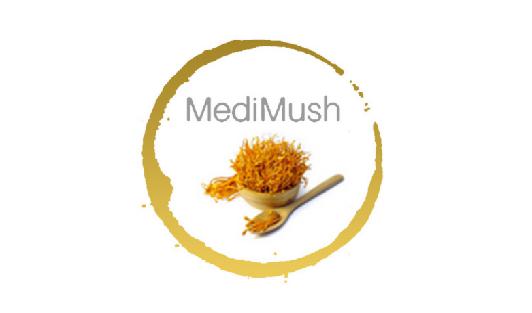Medical-grade DMSO Gel in the Treatment Of Scleroderma
The Role Of Medical-grade DMSO Gel in the Treatment Of Scleroderma
 Scleroderma is a long-lasting rheumatic disease or connective tissue disorder characterized by consequent tightening and hardening of the skin followed by other tissues and internal organs, which play a crucial role in sustaining human life.
Scleroderma is a long-lasting rheumatic disease or connective tissue disorder characterized by consequent tightening and hardening of the skin followed by other tissues and internal organs, which play a crucial role in sustaining human life.
The origin of the word “scleroderma” can be traced to ancient Greek, where: “sclero” stands for hard, and “derma” refers to skin.
It occurs due to the malfunctioning of the auto-immune system, which stimulates the body to overproduce the protein collagen, which has no established cure till now.
This condition is highly prevalent in women between the ages of 25 and 55. Although it is recognized not to be contagious, infectious or malignant, the severity and the outcome can vary, making it life-threatening.
However, effective management using Medical-grade DMSO can help maintain functionality while reducing the damage caused.
Causes: Despite advances in the medical field, we haven’t yet been able to pinpoint the exact cause behind this condition. However, genetic predisposition and environmental factors certainly play a key role in leading to its manifestation.
Types: There are two main kinds: Localized scleroderma and systemic scleroderma.
- Localized Scleroderma: This type is primarily restricted to the skin. It severely impacts the muscles and tissues, a condition called subcutaneous localized scleroderma. It can be majorly spotted in children. It happens in 2 forms :
- Morphea – In this case, darker and lighter shade patches are seen spread across the normal skin, which might have mild pain and itchiness.
- Linear – This causes a band or straight-line streak of thickened skin, mostly in arms and limbs, which can limit bone growth in children.
Systemic Scleroderma: It is more severe as it affects the blood circulation and the internal organs, thus proving fatal to life. There are several subtypes according to the tissues affected, but the major ones are :
- Limited: It is the more subtle forms that take a longer time for the health to degrade. It can be managed easily as it starts by affecting the hand, feet, skin, lower arm, and legs.
- Diffuse: It is more serious as a larger area is affected, which deteriorates rapidly, causing unbearable pain. It expands to cease the functionalities of the lungs, blood vessels and the food tract.
Treatment with Medical- grade DMSO gel: Medical-grade DMSO Gel in the Treatment Of Scleroderma
Although many treatments, such as UV light, immunosuppressants, and BP medication, have been streamlined to relieve symptoms, minimize disabilities and improve patient wellbeing, therapy with medical-grade DMSO has proved to have the most effect.
The topical application of a 60% concentration of Medical-grade DMSO in the affected region improves patients’ conditions. Well-known as an
anti-inflammatory agent, it reduces the associated swelling. Also, it helps improve blood circulation across the body, which helps loosen the skin.
Extensive studies recently conducted on female scleroderma patients aged 25-55 have given major insight. They were regularly administered with a mixture of 60% concentration Medical-grade DMSO with clean water for over one month. The topical application of DMSO gel was simultaneously continued with the oral administration.
A report taken after a considerable period showed positive results. There was a drastic reduction in tightening of the skin. DMSO gel increased blood flow to the skin, restoring normal elasticity and softness and muting the pain. However, tests conducted with lower concentrations of about 15 % bring no noticeable changes, which indicates that lower concentrations don’t act up to standards and, hence, are not advisable for treatment.
Medical-grade DMSO gel is an effective, low-cost solution that can help manage the condition effectively to improve overall well-being because of its diverse therapeutic properties.




